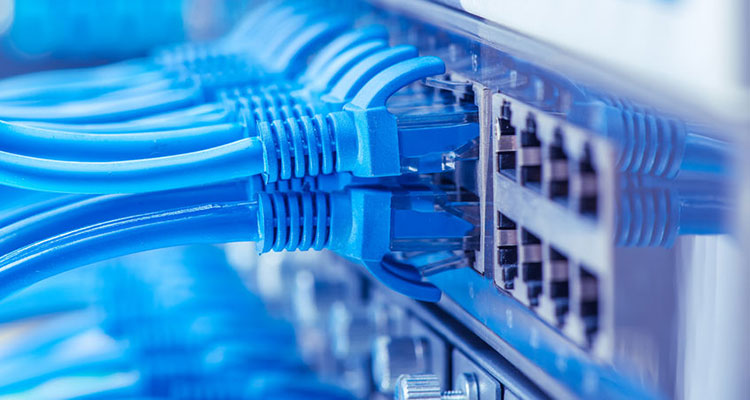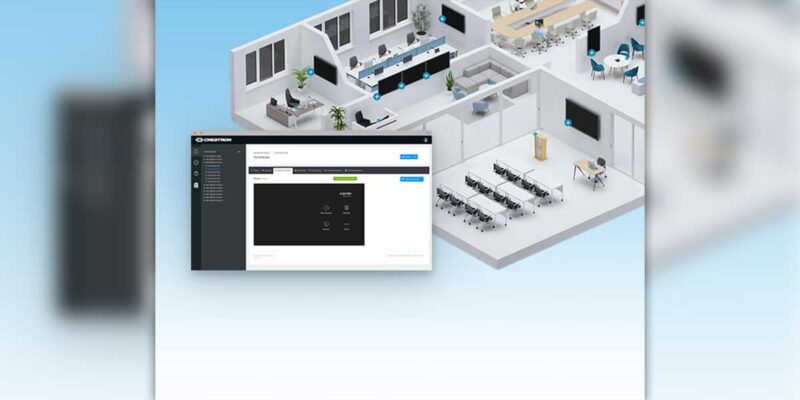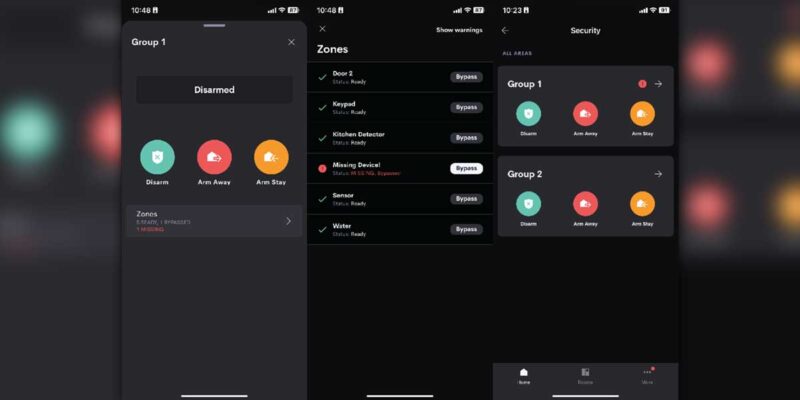Reliving the Analog Days
 At my institution, we began putting our AV systems on the network over a dozen years ago. The advantages were simply amazing. In fact, we take so many of these for granted today, we forget some of them. For example, when was the last time you thought about how amazing it is that you can control firmware and programming for dozens of devices all while sitting in your office? Such advantages of placing these devices on the network decreased the need for staff support and increased the speed of installs and improvements we can make.
At my institution, we began putting our AV systems on the network over a dozen years ago. The advantages were simply amazing. In fact, we take so many of these for granted today, we forget some of them. For example, when was the last time you thought about how amazing it is that you can control firmware and programming for dozens of devices all while sitting in your office? Such advantages of placing these devices on the network decreased the need for staff support and increased the speed of installs and improvements we can make.
Yet, like so many other technological advances, there are some significant drawbacks of putting equipment on the network. Security is an issue that discussed on a regular basis now in the AV worlds. In essence, we are putting dozens of IoT devices in the world every time we put a device on the network. In my experiences however, the most significant drawback is with the problems of up-time. Even the most perfectly designed networks, run by the best network admins will go down. The scale of this downtime is annoying for office users, but devastating for an academic building full of in session classes.
The reason for this is clear. When the network suffers a problem, and people are unable to connect to it, it is a problem. However, if a faculty member in their office can not browse the internet or respond to email it is only inconvenient. They can still meet with students, do their research and write. However, put that same faculty member standing in front of a full class and the problem is exasperated. Now there are dozens of people who are unable to do their planned activities. Now multiply that by the number of classrooms you have in the entire building, and if the problem is campus wide, the number of buildings you have. Suddenly, you realize that there is an exponential growth in the number of people affected.
I was having this discussion today with two of the technicians who work with me. I was lamenting the “good old days’ when the projector was connected to the control system via RS232, the DVD player was IR and the screen was on a relay. Sure, any of those devices could have a problem and it was a real issue for the faculty and students, but the scale was smaller. It was only one classroom. We could quickly try and switch them to another room, or find another quick solution.
 Ben (our senior AV analyst) described a new system we are putting in place this summer. We are going to try and use the Crestron control subnet. The control subnet is a single LAN port on select processors. You connect this port to a switch of your choosing. The subnet acts as a DHCP and DNS server. All of the devices on the downstream side of the switch are on a separate network from the processor, and more importantly, from the rest of your campus network. This increases the security of system instantly, as with the exception of the processor, no devices can be seen on the network. Crestron tools allow you to connect to the processor and see all of the other devices. As an added feature, Crestron allows you to put the device into isloation mode. This mode prevents any NAT or PAT from occuring. NAT, if you are wondering, if the technology that allows a private network to talk with devices on other, incompatible devices. If you have any type of IoT device in your house, NAT is what allows those devices to communicate with the Internet. In some cases you may want NAT to be enabled, such as sending a video stream to another location. However, by not allowing NAT if not needed, then you increase the security of your systems.
Ben (our senior AV analyst) described a new system we are putting in place this summer. We are going to try and use the Crestron control subnet. The control subnet is a single LAN port on select processors. You connect this port to a switch of your choosing. The subnet acts as a DHCP and DNS server. All of the devices on the downstream side of the switch are on a separate network from the processor, and more importantly, from the rest of your campus network. This increases the security of system instantly, as with the exception of the processor, no devices can be seen on the network. Crestron tools allow you to connect to the processor and see all of the other devices. As an added feature, Crestron allows you to put the device into isloation mode. This mode prevents any NAT or PAT from occuring. NAT, if you are wondering, if the technology that allows a private network to talk with devices on other, incompatible devices. If you have any type of IoT device in your house, NAT is what allows those devices to communicate with the Internet. In some cases you may want NAT to be enabled, such as sending a video stream to another location. However, by not allowing NAT if not needed, then you increase the security of your systems.
Equally important, is the the entire system can continue to run despite any problems that may be occurring on the network. In fact, you could unplug the processor from the network and the system will continue to run. This brings us back to the stability of the analog days. It reduces the scale of potential problems. Yes, a single switch in your system can have a problem, but it is only THAT system that will suffer. Not every system in the building or every system on the campus. Many campuses had already moved to putting all their AV systems on a separate, private network. While that increases security, it did nothing for the stability issues. Using the control subnet is a significant step forward in this regard.
It seems that yes, you can have your cake (the benefits of networked AV) and eat it too (the stability of the analog network).





